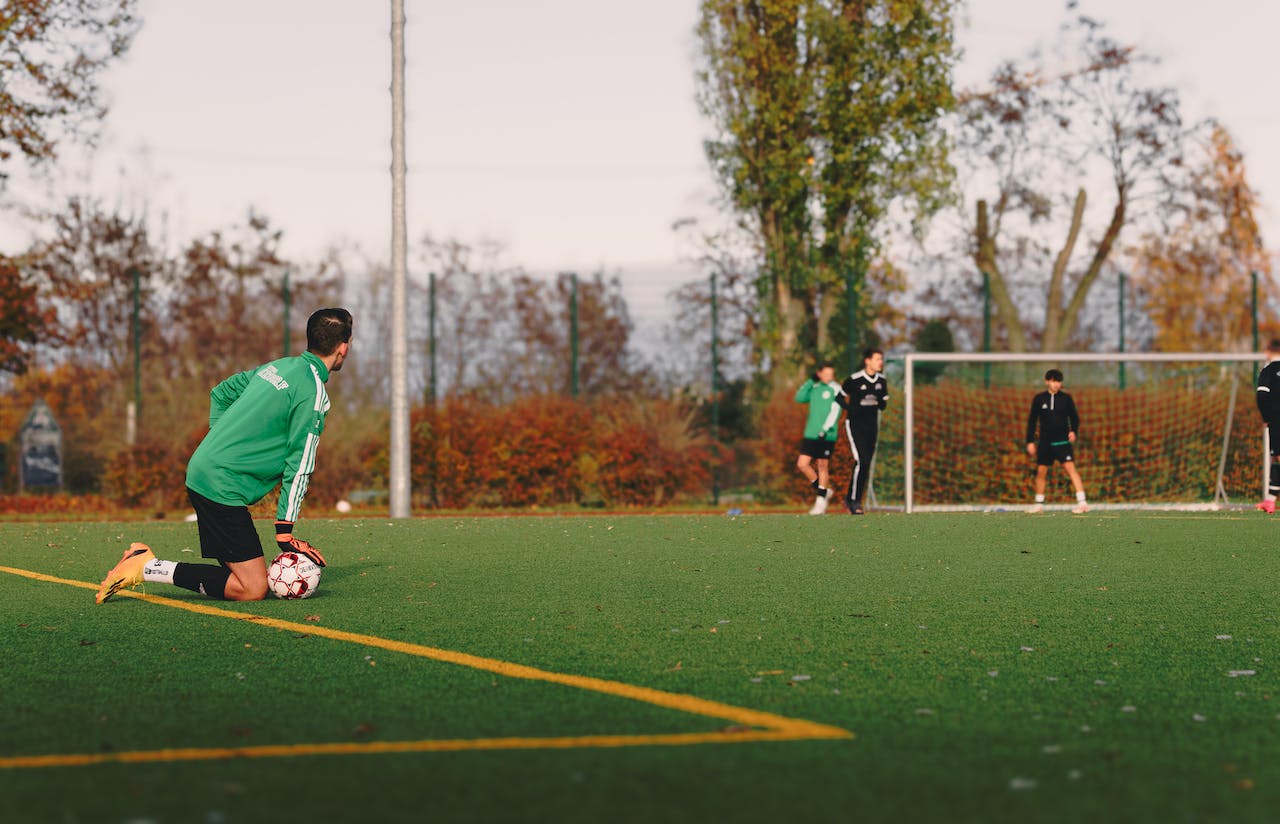Soccer training is never an easy endeavor. It’s an event that relies heavily on the involvement of multiple individuals just to train. It also takes constant daily practice to even get into the rhythm of basic strategy and movement patterns. The unique body dynamics of the sport are both wildly entertaining and practically impossible to mimic without hours upon hours of work put in. But on the usual day, a young athlete may not have very many people around them to practice with. Whether it’s the eight hours at school, homework, social life, and friends that don’t share the same interest, there’s always some impediment to the constant practice that soccer demands. Enter the rebounder. The rebounder is a specially designed flat, upright contraption that is meant to mimic passing and those “first touch” drills. It’s essentially set up almost like how a wall would feed a ball back, except with some give and usually an adjustable angle. Rebounders are meant to be used solo between team practices to build a solid foundation of movement. A lot of them are available online, but in no way are they created equal. Here are some things to look for when you’re buying a rebounder from the internet.
1. Size
Size is the first thing you will have to consider. A lot of rebounders are combination products that can be used as a goal on the back end. If you’re occupying a larger field and have access to a truck that can accommodate eight feet by five feet of space, this is your best option. Good online retailers will have a range of options. It gives you more for your buck than a single function rebounder.
2. Durability
Another factor is durability. Check the amount of force that the rebounder has been tested at. Many are tested at around 70 miles per hour. This is, in all fairness, not bad at all. Ronaldo can kick at a force max of 80 miles per hour. The average is somewhere around half of that. Getting a soccer rebounder at Quickplaysport.us or another highly reputable outlet pretty much assures that you’ll have a product with quality materials. But be sure to do your due diligence and check for quality assurance tests like ball speed.
3. Goals
Your final thing to consider is what your training goals are. More likely than not, the answer is somewhere in the range of “everything.” But the size of the mesh and the tension are key to getting the most out of each rebounder. For example, a Pro Rebounder has a two-meter square target and a tight mesh that keeps the return velocity just about even to what you put out. This means that it mimics your angles, speed, and tests your accuracy. Having an adjustable angle is also to be highly considered in this category.
All in all, you can’t go wrong with the right rebounder. You just have to do a bit of homework to really get the specifics down. Focus on passing and shooting drills. From there, allow that base to expand with the demands of your coach. Having the ability to work this alone is an absolutely invaluable weapon in your arsenal. With the right amount of time put in, you’ll never lag behind. And better yet, you can even get ahead of the competition.

